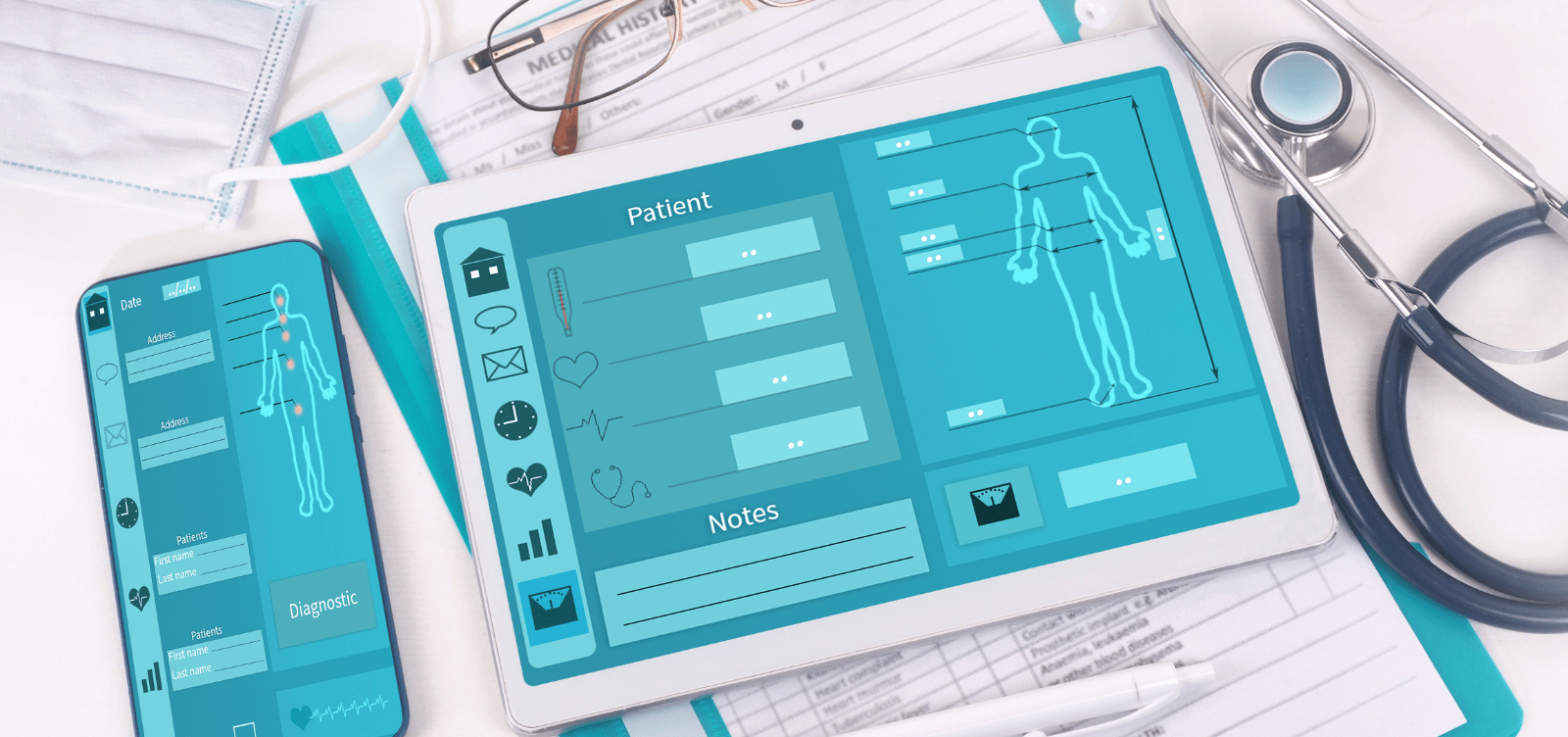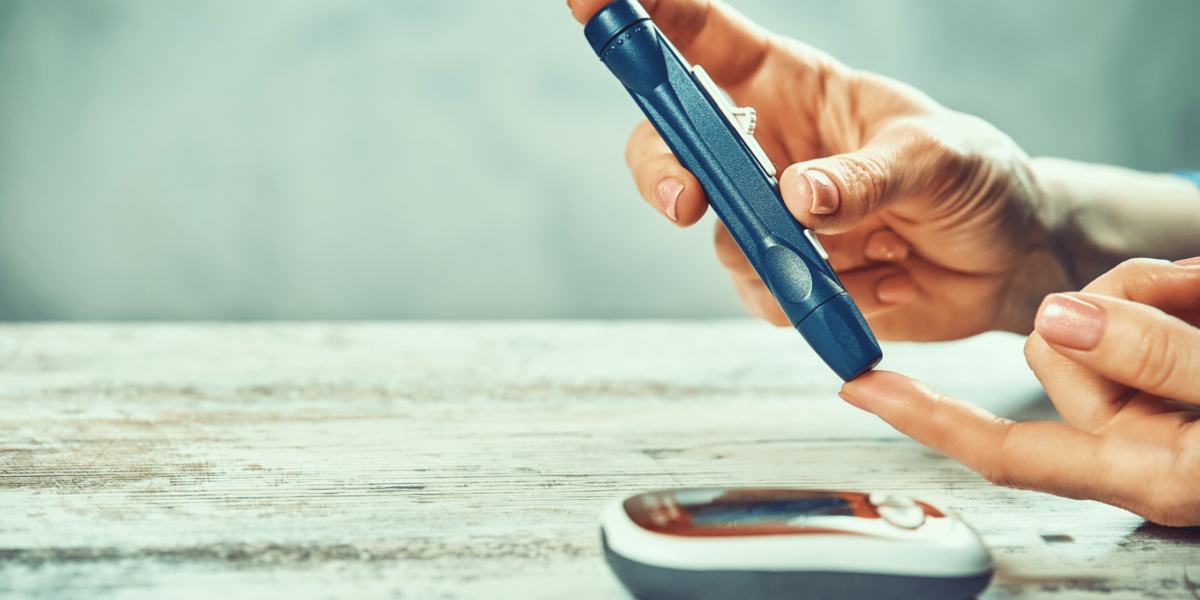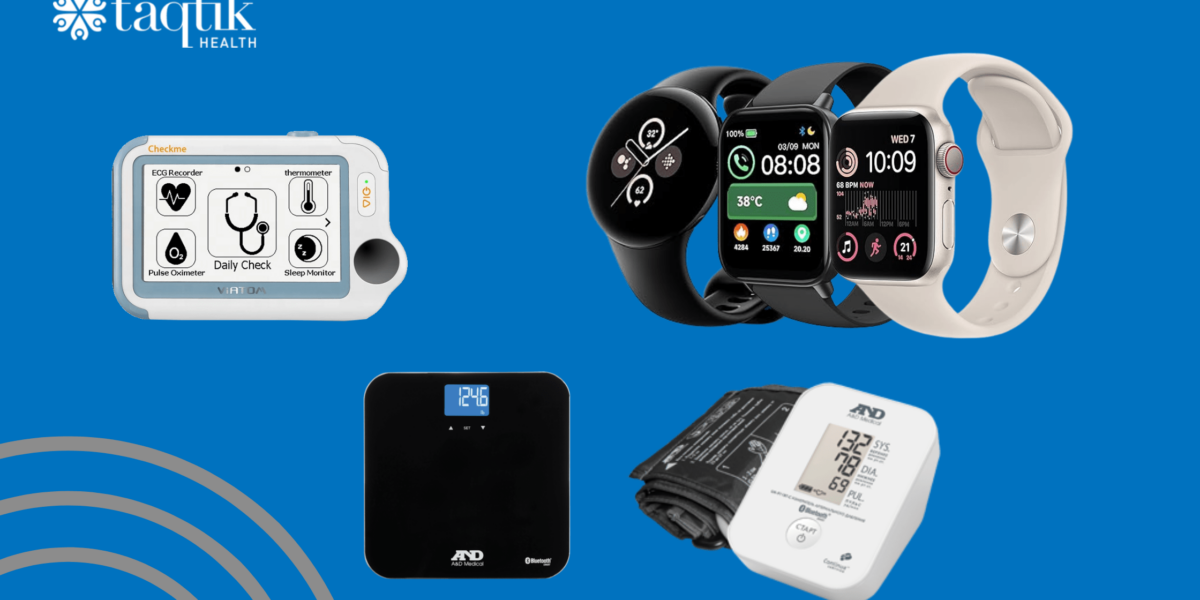What is Remote Patient Monitoring
The technique of remotely monitoring and gathering physiological and other patient data using digital tools is known as remote patient monitoring RPM. Patients that require chronic, post-discharge or geriatric care are typically helped by RPM. It can alert healthcare companies about potential health risks or keep track of patient information between visits by connecting high-risk patients with remote monitoring. Businesses that want to track workmen’s compensation cases may also use RPM to ensure that workers are on the right road to returning to work. Patients, particularly the elderly, those recovering from surgery, those suffering from chronic illnesses, and those with impairments, can obtain medical evaluations at home thanks to remote patient monitoring technology.
Early Warning Indications and Health Prevention
The enhanced chronic illness management provided by remote monitoring systems and early warning indications and progress trackers will increase demand for these systems globally in the upcoming years. Real-time patient data via remote patient monitoring has helped with the timely management of chronic obstructive pulmonary disease, cancer, and diabetes. By reducing the distance between the patient and the healthcare provider, the implementation or adoption of next-generation sensor technology has impacted healthcare systems.
Market Drivers
The growing geriatric population is one of the main factors boosting the markets demand. RPM technology can help seniors prevent chronic problems from worsening and ensure their rehabilitation continues long after they leave an acute care facility. RPM technology can also alert medical staff and take appropriate action when an elderly person is wounded or in danger. Recent developments in remote monitoring capabilities are anticipated to support market expansion during the forecast period. Some advancements include the integration of RPM into hospitals around the world, using Artificial Intelligence AI to enhance clinical decision making, and functional enhancements, including a decrease in false alarms. Commercial businesses are also attempting to incorporate RPM into their goods.
IoT Devices
Incorporating IoT elements into medical equipment has made it possible to provide patients and the older population with chronic illnesses with better quality and more efficient care. Sensors, Bluetooth connectivity, actuators, and other communication tools have made it effortless for patients and caregivers to communicate data to the doctor via a cloud-based platform.
Future Innovation for RPM
Traditional use cases for remote patient monitoring (RPM) have been used to support patients that require chronic, post-discharge or geriatric care. Taqtik is driven future innovation with RPM to assist international medical travellers who travel overseas for medical treatments, and remote patients who may be physically located far away from their doctor or healthcare provider. Medical travellers who travel abroad provide their medical information to Taqtik, who then obtains a quote and surgical recommendations from a global specialist. Once the patient returns to their home country, they can easily be monitored remotely for vital information to aid in a speedy recovery. For more information on both pre- and post-care support options for medial travel or remote patients complete an inquiry, register your interest or email us at care@taqtik.com




